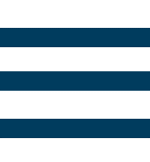A closer look at mid to upper back discomfort
Back pain is one of the most common reasons people seek care, but not all back pain is the same. Lower back pain often stems from muscle strain or disc issues, while mid and upper back pain can be linked to posture, muscle tension, or referred pain from the neck or shoulders. Understanding where the pain is coming from is key to finding the right treatment.
At Northern Arizona Orthopaedics, we take a comprehensive approach to evaluating and managing all types of back pain, ensuring that each patient receives care tailored to the root cause of their discomfort.

Low back vs. mid/upper back pain
Low back pain (the lumbar spine) typically arises from structural strain, disc problems, or degenerative changes. It often responds well to a combination of physical therapy, core-strengthening exercises, and, when necessary, minimally invasive interventions like injections.
Mid and upper back pain, on the other hand, is less frequently tied to spinal degeneration. Instead, it can stem from poor posture, muscular imbalances, or, in some cases, referred pain from the neck or shoulders. This area of the spine (the thoracic region) is more stable, so pain here may be due to soft tissue strain, especially in patients who sit for long hours or work at computers.
Physical therapy for back pain
Patients with mid to higher back discomfort typically respond well to physical therapy. The focus is often on postural correction, muscle activation, and mobility work. In many cases, targeted physical therapy can reduce strain on the thoracic spine and resolve pain without the need for more invasive treatments.
“When it comes to mid and upper back pain, we often find that the source isn’t always where the pain is felt. It can be referred from the neck, shoulders, or even the result of posture-related strain. Many patients respond well to physical therapy – but when appropriate, we do offer minimally invasive options to help manage discomfort and support recovery.”
— Dr. Ryan Zate, DO, Physical Medicine & Rehabilitation Specialist
When injections might help
For both lower and mid to upper back pain, there are several minimally invasive treatment options available that can provide relief when conservative care isn’t enough. Trigger point injections are commonly used to release tight muscle knots, particularly in the mid-back. Facet joint injections or medial branch blocks can help diagnose and treat pain originating from small joints along the spine.
Epidural steroid injections, though more commonly used for lower back or radiating leg pain, can sometimes be effective in managing thoracic disc issues as well. These procedures are typically low-risk and performed on an outpatient basis.
Supportive exercises and stretches
Exercise recommendations can vary depending on the underlying cause of pain but there are a few general movements that are often helpful for mid to upper back tightness.
Thoracic extensions on a foam roller can improve mobility in the upper spine and help reverse slouched posture. Scapular retractions, such as wall angels, target the muscles around the shoulder blades to encourage better alignment and stability.
Practicing yoga movements like the cat-cow stretch can gently mobilize the entire spine and help reduce stiffness. As with any new exercise routine, it’s important to consult with a provider or physical therapist to ensure the movements are safe and appropriate for your specific condition.
Final thoughts
If you’re dealing with back pain, the team at NAO is here to help. Whether through personalized physical therapy or minimally invasive procedures, our goal is to identify the root cause of your discomfort and create a treatment plan that supports long-term relief.
To schedule an appointment with one of our specialists, call 928.226.2900.
###
- Understanding Hip Labral Tears: Symptoms, Causes, and Treatment Options - December 3, 2025
- Kneecap Bursitis: Symptoms, Treatments, and Recovery in Flagstaff - October 23, 2025
- Jones Fractures: What Flagstaff Locals Should Know - September 30, 2025

